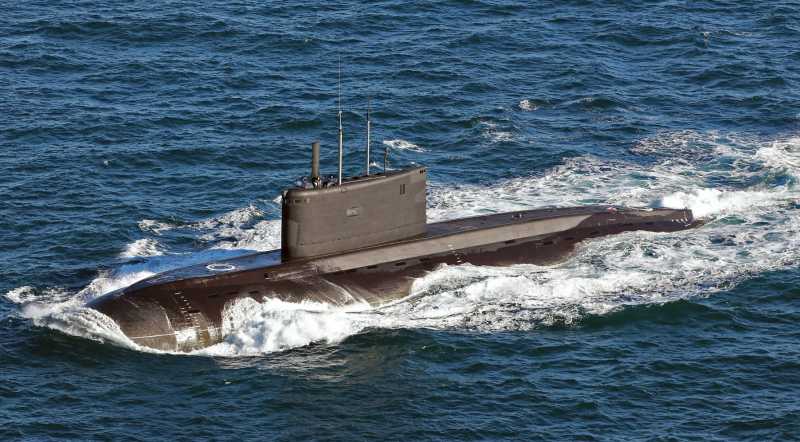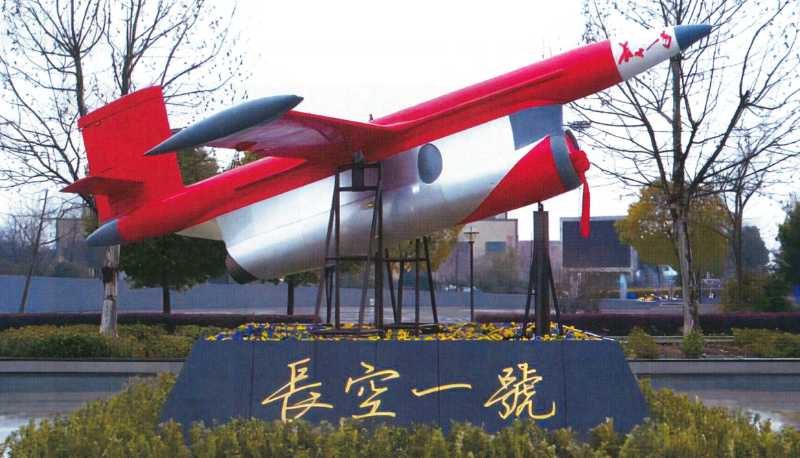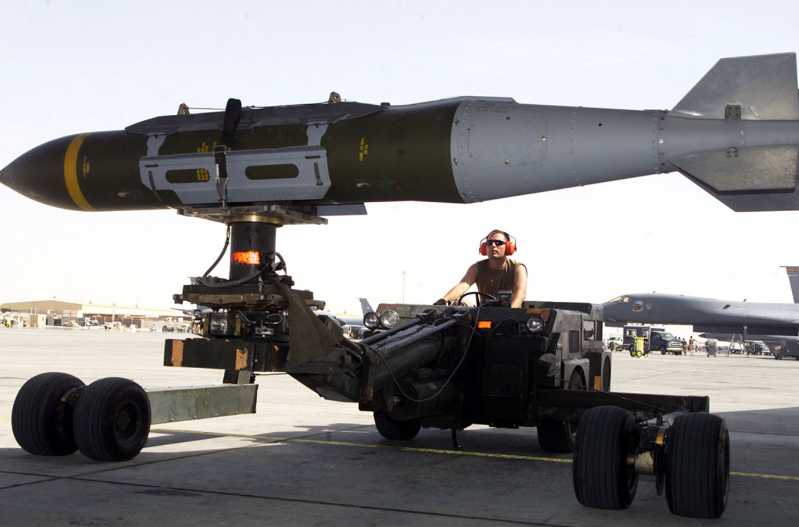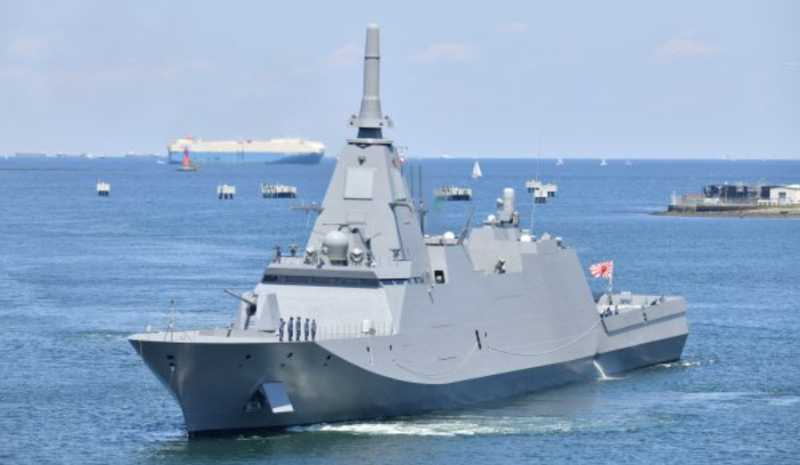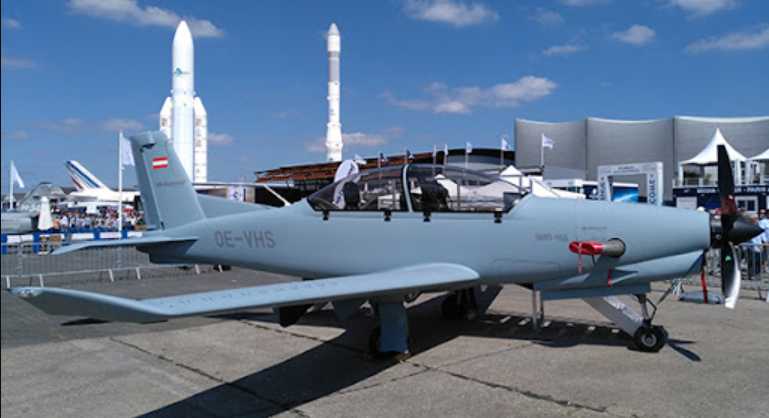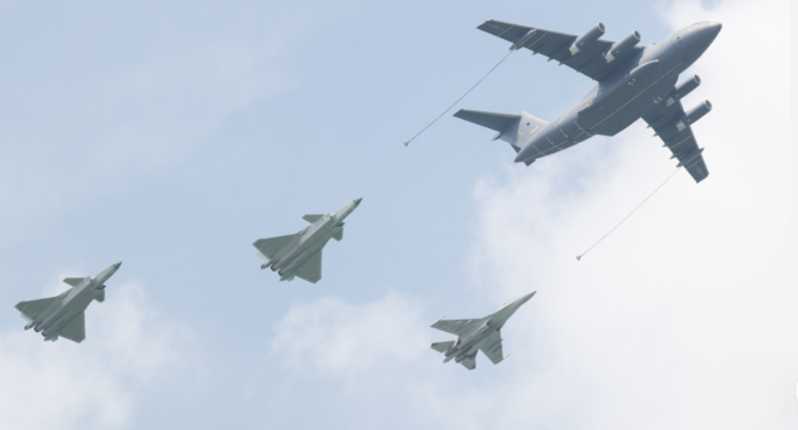Lieutenant Colonel Smith, the commander of the 1st Battalion, 21st Regiment, 24th Division of the US Army, never thought that he would become a "famous" historical figure. The name "Charles Smith" later appeared in almost every history of the Korean War. However, this is not a glorious record.
1. First Battle
On the morning of July 5, 1950, Smith led the US task force to set up a defensive position in Osan. According to intelligence, the Suwon area in the north had been occupied by the People’s Army last night, and the People’s Army should be here soon. This will be the first encounter between the US military and the Korean People’s Army.

Smith actually didn’t know what kind of enemy he was about to encounter - at this time, whether it was the US military or the South Korean military, the intelligence was completely messed up. The only thing Smith knew was that his mission was to try to stop the Korean People’s Army here so that the large US military forces could have time to build a solid line of defense behind them. In short, just drive away all the incoming enemies.
The firepower of the Smith Task Force was quite sufficient: in addition to the 1st Battalion’s own 6 2.3-inch anti-tank guns, 8 mortars and 4 75mm recoilless guns, the 24th Division also assigned a special artillery battalion to the task force, which had 6 new 105mm howitzers.
However, the task force was not equipped with tanks, and the weather on July 5 was very bad, and the task force could not get air support. Despite some unfavorable factors, Smith was fully confident in completing the mission. One of the reasons was that Smith firmly believed that the powerful name "US Army" itself was a deterrent to the North Korean troops. Smith even told his subordinates: "When the North Korean army sees the US military coming, they will turn around and run away." Smith, who graduated from the West Point Military Academy, arranged a textbook defensive position: he deployed his troops on the high ground on both sides of the road and placed the artillery battalion behind the rear main position.

Although he only had 400 men, Smith did not intend to ask the 17th Regiment of the South Korean Army, which claimed to have 3,000 men, to come to help, because Smith did not believe in the combat effectiveness of this group of allies at all - among these 3,000 men, it is obvious that a large number of them are just recruited temporarily. Not only that, since the first moment Smith came here, this group of South Korean soldiers showed infinite fear of the T-34 tanks of the Korean People’s Army.
"The troops that are afraid of tanks are just third-rate troops." Because he was worried that these allies would flee when they saw tanks, which would affect the morale of his own team, Smith simply asked them all to stay in Wushan in the rear, as long as they could help protect the artillery battalion.
The South Korean army clearly had anti-tank rocket launchers, so why were they so afraid of tanks? Smith was a little confused. Maybe they were a group of farmers who had never fought a war and were scared when they saw tanks?
"The enemy is coming!" Someone shouted, and Smith quickly picked up the telescope. Sure enough, eight tanks of the North Korean People’s Army appeared in the north, and it seemed that there were more behind. Smith immediately ordered the troops to enter the defensive position and notified the artillery battalion to open fire immediately.
Brigadier General Bass, who was in the artillery battalion at this time, was a soldier with a strong sense of "history". He took a special look at his watch when he fired: "It’s 8:16 now. This is the first time the United States has participated in the war since World War II. We have to record it."
The heavy artillery of the US military sounded, and under the precise guidance of the front-line observer, several shells accurately landed on the head of the tank.
However, these tanks did not seem to suffer any damage, nor did they have any intention of stopping, but just continued to move forward. When the first batch of tanks approached the task force’s defensive position, Smith gave an order, and the 75mm recoilless guns and anti-tank rocket launchers on the position opened fire one after another.
The North Korean tanks had no intention of dodging and continued to move forward. Soon, several tanks were hit by shells, and the American soldiers cheered sporadically. These cheers soon disappeared. The scene in front of them shocked the American soldiers - all the tanks were safe and sound. The North Korean tanks began to fight back, but they had no intention of stopping. The tanks continued to move forward at a constant speed while firing.
When the tanks passed the advance team’s position, a brave American lieutenant carried an anti-tank rocket launcher and fired more than 20 rockets at the back of the tank at close range. Although the lieutenant hit the target many times, it still had no effect.
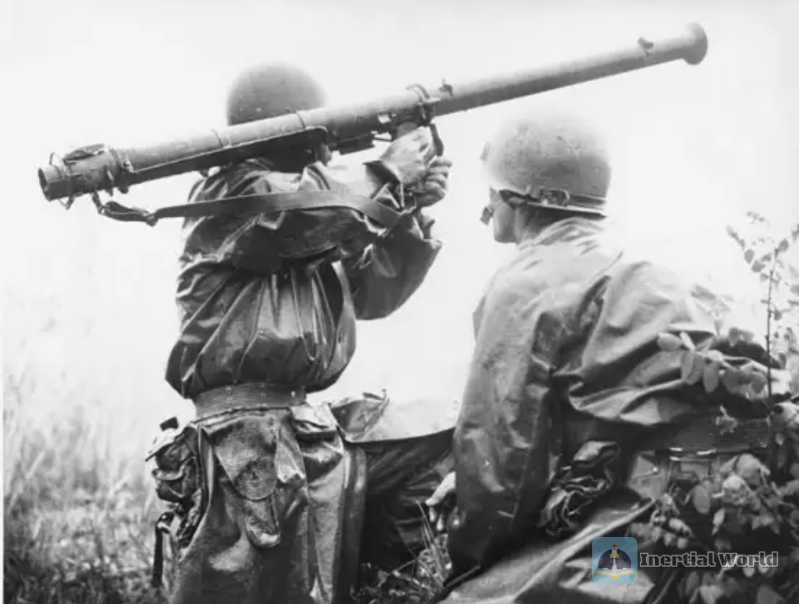
Smith couldn’t believe his eyes. Soon, something even more surprising to Smith happened - he finally discovered that this group of tanks had no intention of fighting the advance team! There were 33 North Korean tanks in total, and none of them stopped to waste time on the advance team. All the tanks carelessly passed through the advance team’s defensive positions and headed straight for Wushan. Compared with the failure of anti-tank weapons, the facts in front of him may have dealt a greater blow to Smith: the North Korean tank group did not take the US troops in front of them seriously at all! An idea that made Smith extremely ashamed and angry appeared in his mind: "This group of tanks may have mistaken us for the South Korean army!"
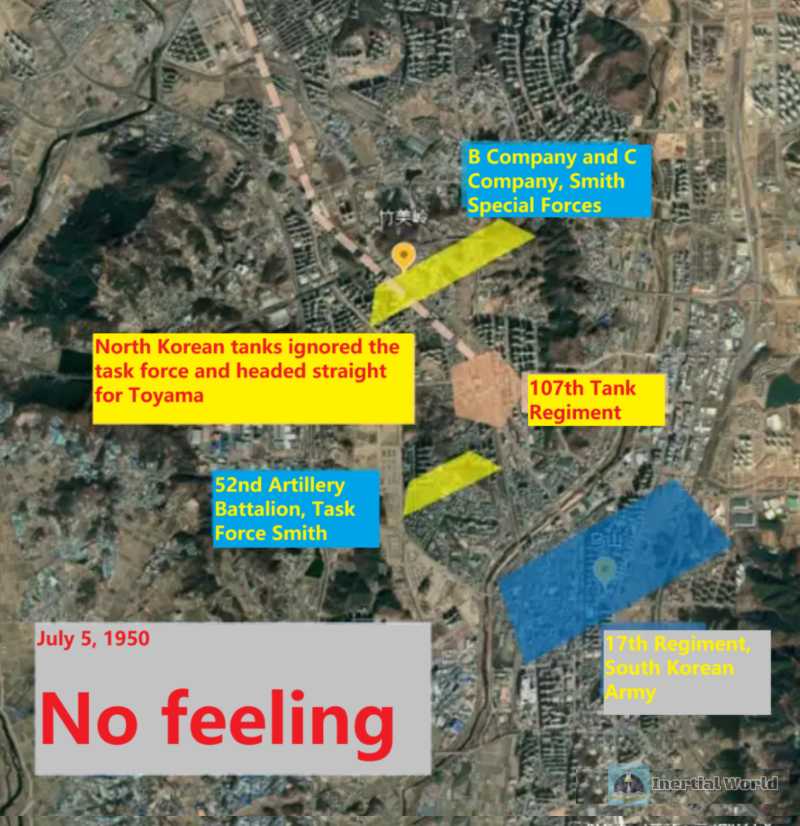
2. Destruction
Although there is no historical data to confirm it, Smith’s guess is likely to be correct: this group of North Korean tanks really cannot know whether the enemy in front of them is the South Korean army or the US army. Anyway, from the perspective of combat effectiveness, they are all the same - they are helpless against tanks.
After the North Korean tank regiment passed Smith’s position unscathed, it still encountered some troubles: the 52nd artillery battalion of the US Army replaced the 105mm howitzer with armor-piercing shells. Under the direct bombardment of large-caliber armor-piercing shells, two tanks were immediately destroyed on the road. The tanks behind did not retreat because of this, but pushed away the wreckage of the two tanks and continued to move forward.
And the effective resistance of the US military ended here-they only had a total of 6 armor-piercing shells, which were soon all used up, and the remaining high-explosive shells hit the tanks without any reaction. The North Korean tanks soon discovered this, so the group of tanks once again ignored the artillery battalion that was no longer a threat, and continued to carry out the task they had set at the beginning: attacking directly towards Wushan.
And the 17th Regiment of the South Korean Army guarding Wushan almost immediately scattered-the US military was no longer able to do it, so what were they waiting for? The American soldiers of the 52nd Artillery Battalion suddenly found themselves in big trouble: if the 17th Regiment escaped, their retreat would be cut off by North Korea! So, many people in the 52nd Artillery Battalion completely ignored the battalion commander’s shouts and ran with the 17th Regiment.
The North Korean infantry had not yet entered the battlefield, and the US-ROK coalition had already been defeated. However, because the telephone line was broken by the tank, Smith in the front did not even know that his rear was finished at this time. Smith was facing his "real" opponent at this time: 3 tanks led the way in front, and a long line of North Korean infantry appeared on the road.
After discovering the position of Smith’s task force, the North Korean People’s Army quickly deployed an offensive formation. After seeing the actions of the People’s Army, Smith was sure that he had been despised by the People’s Army: only about a quarter of the North Korean infantry at the front of the line formed an attack formation, and the rest of the infantry did not even disperse the line, but stood on the side of the road to watch the battle.
At 11:45 a.m. on July 5, led by three tanks, about 1,000 People’s Army soldiers rushed towards the position of Smith’s task force.
If this was not the first battle between the U.S. and the People’s Army, there would be nothing to write about this battle - a typical position attack and defense battle, the People’s Army slowly advanced with tanks covering the front, and deployed troops on the flanks to make a detour, while the U.S. Army kept firing frantically, trying to stop the People’s Army’s advance, but nothing could stop it.
By 2:30 p.m., the U.S. military’s ammunition was about to run out, and the People’s Army’s detour troops had already circled to the rear of the U.S. military position. Knowing that he was about to be completely surrounded and killed, Smith ordered a full retreat.
However, since the North Korean flanking troops were already in place, the task force’s retreat route was completely exposed to the range of the North Korean heavy machine guns. As a result, this hasty retreat quickly turned into a complete disaster. The American soldiers who were still arrogant a few hours ago became the best targets for the North Korean People’s Army to practice "turkey hunting". For a time, the battlefield was full of American soldiers who were only concerned with escaping frantically. In order to escape, the US military not only threw away all their weapons and equipment, but the worst thing was that they abandoned all the seriously injured. Smith saw with his own eyes that a seriously injured soldier was lying on the ground and shouted to his superior: "Second Lieutenant, what should we do?" The second lieutenant handed the seriously injured soldier a grenade and said, "This is the best I can do for you." Giving up all his pride and dignity, Smith fled with the remnants of the task force. The only thing they should be thankful for was that the People’s Army did not bother to chase them, but happily began to receive the equipment left by the US military on the battlefield.
From beginning to end, the North Korean People’s Army did not take this group of US soldiers seriously. On July 6, Smith fled back to the rear position with more than 80 people in despair.
3. Collapse of the Front
The destruction of Smith’s task force was just the beginning of a series of disastrous defeats for the US military. In fact, Smith’s performance was relatively good - although he made some mistakes in command, Smith did persist seriously for 3 hours.
In Smith’s rear, the performance of the 34th Regiment of the 24th Division of the US Army was really terrible: after hearing about Smith’s disastrous defeat, on July 6, the 34th Regiment only symbolically resisted the attack of the People’s Army, and directly abandoned the important Pyeongtaek position without firing a few shots.
Dean, the commander of the 24th Division, was so angry that he directly dismissed the commander of the 34th Regiment, and let Martin, whom he trusted, take over as the commander, and ordered Martin to lead the 34th Regiment to defend Cheonan.
On July 8, North Korea launched an attack on the U.S. military’s Cheonan position. The attack routine was exactly the same as in Osan: tanks opened the way in front, and troops deployed on both wings to encircle.
However, due to the absolute advantage in the number of North Korean troops, this attack routine was simple and effective, and the U.S. military had no way to deal with it.
Although Captain Martin fought very bravely, the soldiers of the 34th Regiment performed very poorly and were unable to prevent the North Korean flank troops from encircling them. When the 34th Regiment found that they were about to be surrounded, the U.S. soldiers began to flee in all directions, and then were shot and killed by North Korean soldiers.
In the end, Captain Martin had no one to command. So Martin personally took up an anti-tank rocket launcher and fired at the North Korean tanks, and was then blown to pieces by the tanks.
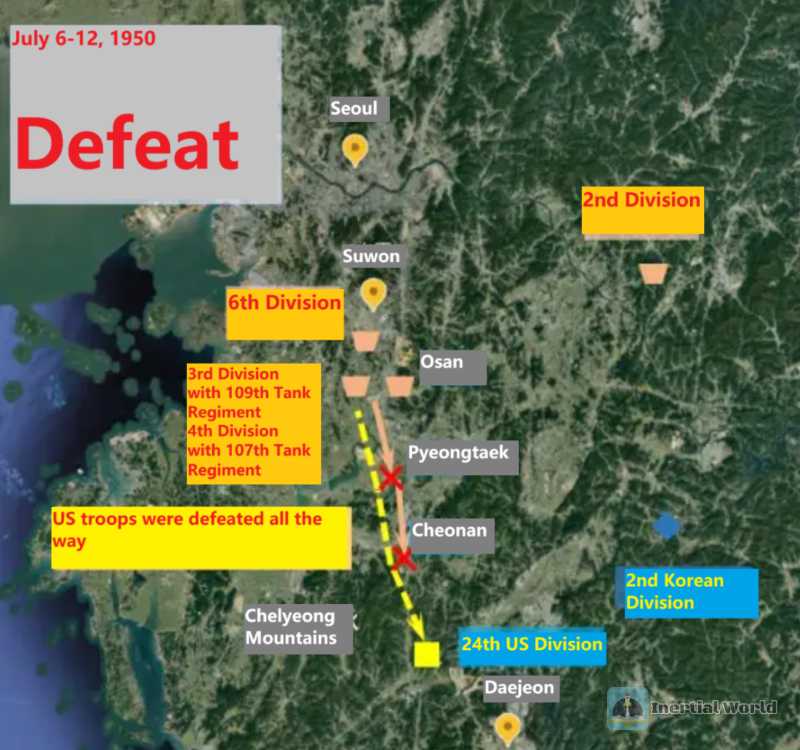
After the Cheonan Campaign, the U.S. military was defeated all the way in several battles in the Cheling Mountains. Almost every battle was similar to the Battle of Cheonan - the People’s Army used tanks to open the way, and then deployed troops to flank - and the US military had no way to deal with this simple tactic. Usually only a few brave warriors (usually veterans above the level of non-commissioned officers) stood up to fight hard, but they did not play any decisive role. The only thing most US soldiers did was to fire fiercely on the position, and when they found that they were about to be surrounded, they began to retreat, and then they were slaughtered by the North Korean army on the way to escape.
After a series of disastrous defeats, on July 12, Dean’s 24th Division was completely driven out of the Cheling Mountains and retreated all the way to the south bank of the Jin River.

The performance of the US military in the early stage of the war can be described in a very concise sentence: it was basically at the same level as the South Korean army at the same time.
At this time, the South Korean army had come out of its poor performance at the beginning of the war and began to recover a little bit of its spirit. Although the South Korean army lost up to 70% of its troops in the Battle of Seoul, the joining of the US military gave the South Korean army hope. In the end, the South Korean army successfully came to its senses, reorganized and supplemented the scattered troops on a large scale, and began to desperately block the North Korean troops at every position.
In the direction of Cheongju, the Capital Division of the South Korean Army organized a very successful ambush. They led the North Korean troops into the area covered by artillery fire and then opened fire at full force. The artillery fire alone caused the North Korean army to suffer 800 casualties.
Paik Sun-yup, the commander of the 1st Division of the South Korean Army, recalled: "At that time, our army finally began to find the feeling." Although the South Korean army still could not really stop the North Korean advance, they held their positions for longer and longer - even longer than the US army at the same time.
A week after the US military joined the war, the South Korean army’s front line only retreated a small step from the expected position, which was much better than the previous performance. On the entire front of the US-South Korean coalition, the US 24th Division was the one that retreated the most. Ironically, the morale of the South Korean army was initially restored by the joining of the US Army. As a result, a few days after the war, the South Korean army was about to be dragged down by the US army. I don’t know what the South Korean soldiers think about this.

Fourth, reinforcements
After the war, the disastrous performance of the 24th Division shocked MacArthur, who finally realized that the U.S. military was far from being as invincible as he had imagined.
In extreme shock, MacArthur began to issue escalating military demands to the U.S. government: he first increased the required force from 2 divisions to 4 divisions, and soon after, MacArthur changed his words and said that 4 divisions were not enough, and at least 8 U.S. divisions must participate in the war to win the Korean War.
The U.S. government was very dissatisfied with MacArthur’s performance. After the war began, MacArthur made new demands to the U.S. government almost every three days: more soldiers, more weapons, more planes, and each time the number was double the previous one. MacArthur’s final request for eight full divisions was too much. You know, this was close to the total number of the U.S. Army at the time.
However, no matter how unhappy they were, the US government also knew that the problems on the Korean battlefield were already very troublesome and could not be handled by just two US divisions.
Therefore, although the US government did not agree to send 8 divisions, it still tried its best to meet MacArthur’s requirements. Soldiers, weapons, and aircraft began to be sent to North Korea in an endless stream. The 25th Division and the 1st Cavalry Division landed in Busan one after another.
What arrived faster than the soldiers was the full set of combat equipment that the US military urgently needed: M-24 tanks, anti-tank mines, and large-caliber anti-tank rockets that could deal with T-34. The US-ROK coalition forces were soon formally established. On July 8, MacArthur became the commander-in-chief of the United Nations forces, fully responsible for all US and South Korean troops in North Korea at this time. Soon, MacArthur authorized Lieutenant General Walker, commander of the 8th Army, to serve as the actual commander of the US-ROK coalition forces.
On July 17, a special flag was hung in the headquarters of the 8th Army: the United Nations flag. This represents the first appearance of the special unit "United Nations Army" in history. However, no matter what name is used, Walker must first find a way to solve the current dilemma faced by the US military: the troops that have landed on the Korean Peninsula have been retreating, but it will take time for the subsequent reinforcements to arrive at the front line.
On July 18, Walker made a special trip to Daejeon to discuss with Dean, the commander of the 24th Division, hoping that the 24th Division can hold on in Daejeon until July 20, because according to the current progress, the elite cavalry division of the US military can arrive at Daejeon on the 21st.
Dean’s situation at this time is already very difficult: since the landing, the 24th Division has not won a single battle, and the strength of the entire division has been reduced from 15,965 when it first arrived in North Korea to only 11,440 people, and the morale of the entire division has been extremely low.
But Dean understood why Walker made this request: Due to the terrain of the Korean peninsula, the land area controlled by the US and South Korean forces at this time was pitifully small. If the front line continued to shrink, the US military’s subsequent reinforcements would not even have space to deploy, and the US military would likely fall into a dilemma of being unable to use its strength.
Dean finally agreed to Walker, and he was determined to defend Daejeon until the 20th.
Although Dean knew that this was a very painful decision, he did not expect that the price he paid for this difficult promise was so unacceptable.
Author’s comments
1. The initial defeat of the US military in Korea was actually not complicated at all: the first batch of US 24th Divisions that arrived in Korea were "young master soldiers" stationed in Japan for a long time. The non-commissioned officers were barely qualified, and the training level of ordinary soldiers was seriously insufficient; in terms of weapons, they only brought the minimum artillery according to US military standards, and almost no weapons that could effectively deal with T-34, and the air-ground coordination was quite poor.
However, with such a low combat level, facing the North Korean main division with superior manpower and high morale, the US military did not gather its forces, but instead sent battalions and regiments to the front line one by one. Isn’t that just asking for death?
2. Let’s talk about the firepower of the US military. As mentioned above, the 500 people in Smith’s advance team were equipped with 6 105mm howitzers. You may not know what this means. Let’s compare it with the best-equipped Northeast Field Army of the People’s Liberation Army during the Liberation War. Before the Liaoshen Campaign, the 4th Army of the Northeast Field Army was equipped with 3 105mm howitzers, and the rest were smaller caliber artillery. Yes, a battalion of 500 people in the US military was equipped with 6 105mm howitzers.
As for why this is the "lowest standard of the US military", because the standard configuration of a US military division is: 54 105mm howitzers and 18 155mm howitzers.
3. According to the records of the US military, MacArthur had set his sights on Incheon from the beginning. The US military’s initial plan was to let the 24th Division hold the front line, and then let the 1st Cavalry Division land in Incheon to attack the North Korean troops from both sides. After the 24th Division was defeated, MacArthur was shocked by the strong combat effectiveness of the North Korean army and quickly abandoned the landing plan.
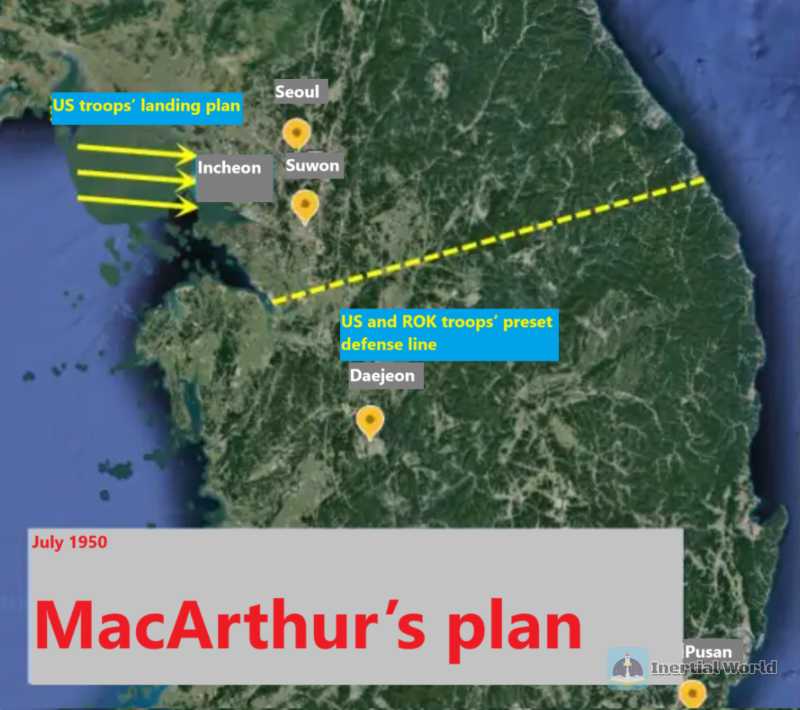
4. Interestingly, if the US military really carried out the Incheon landing at this time, they would face at least one regiment of regular troops when landing (later when the US military landed in Incheon, there were only about 1,000 recruits on the shore). Even if the US military succeeded in landing on the beach, the next US division would have to deal with the main force of North Korea with high morale (the strongest 2nd, 3rd, 4th, and 6th divisions of the People’s Army). I won’t say whether the US military will be driven into the sea directly. In any case, it is certain that this landing will not play the role of turning the tide of the war as it did later.
(To be continued, don’t forget to like it)




